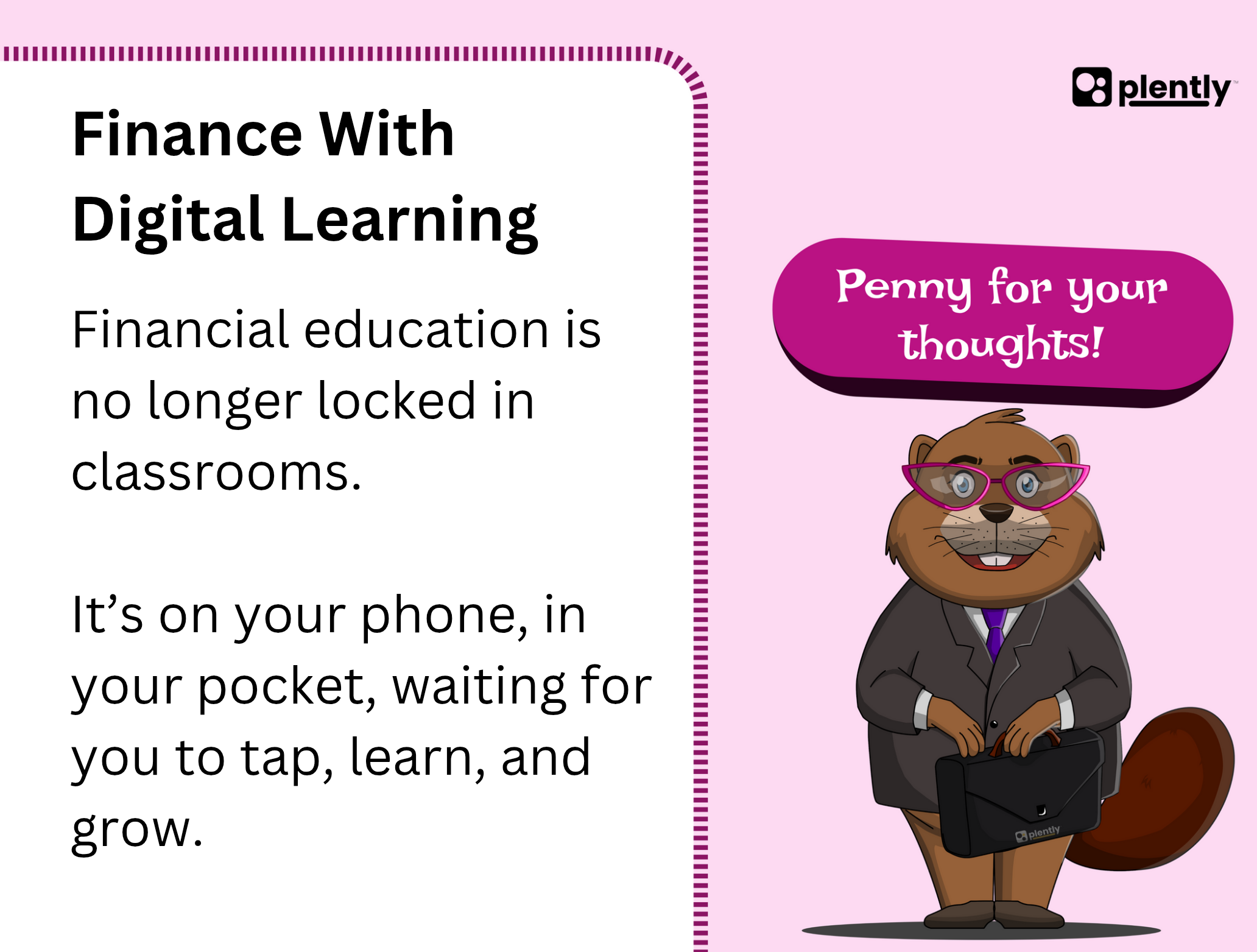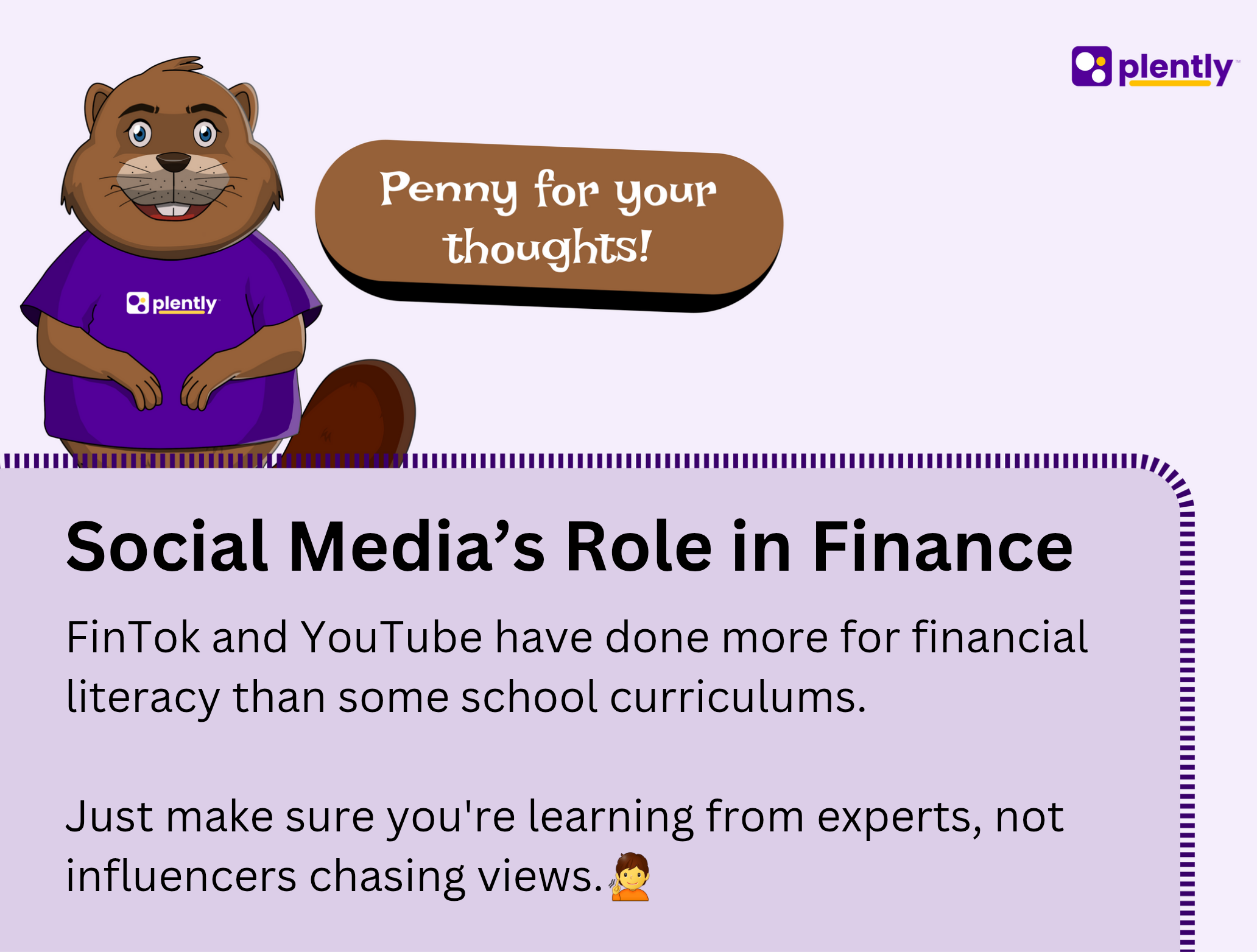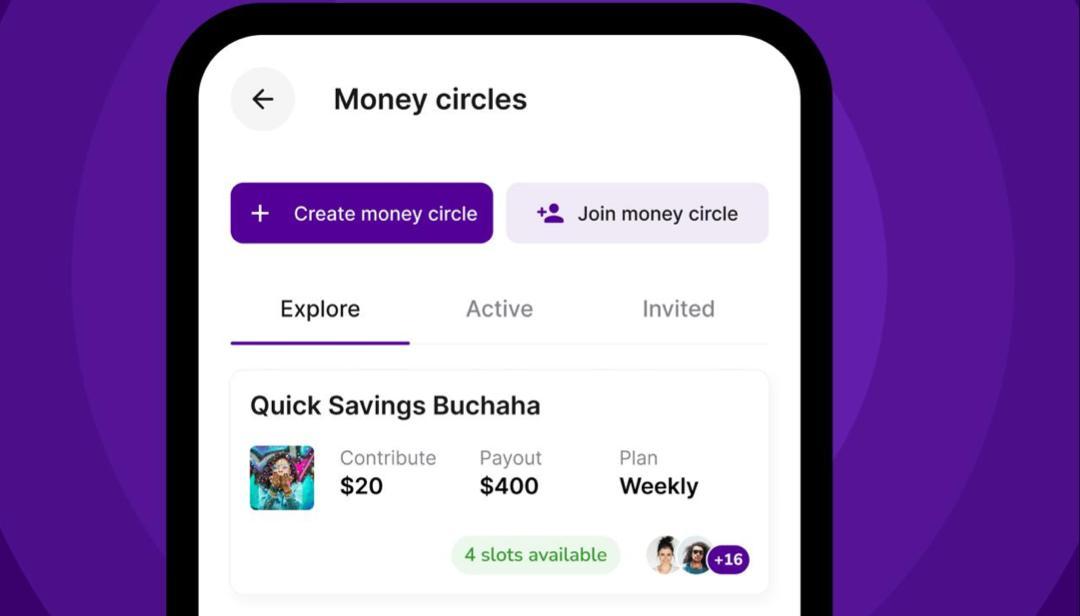Global Trends in Financial Education: What’s Changing and Why It Matters
7 mins read
Published on Feb 10, 2025

Introduction
Does it ever strike you that we spend years in school learning advanced algebra and we never learn how to budget, file taxes, or invest? For too long, financial education was relegated to an afterthought, something one should "figure out" on his own. However, times are changing.
Many governments, schools, and companies realize that financial literacy is not just a personal skill but a foundation for economic stability. From digital learning to mandatory school programs, the way people learn about money is changing fast.
So, what are some major global trends in financial education today? And more importantly, how can you harness them to improve your personal understanding of finance? Let's get into it.
Why Financial Literacy Is Now Important
Within the last couple of decades, the world has changed hugely. One now has to deal with online banking, cryptocurrency, high inflation, and complex credit systems. Without proper knowledge of it all, making financial mistakes that take years to correct is so easy.
According to the OECD, only one in three adults in the world has a good understanding of basic finance concepts such as interest rates and inflation. This gap in knowledge leads to poor financial decisions, debt struggles, and missed opportunities.
Governments and organizations now understand that the earlier money management is taught, the better economic stability there will be. Financial education is therefore growing in schools, workplaces, and online.
The Biggest Global Trends in Financial Education
1. Financial Literacy in Schools: A Global Trend
Many countries are making financial education compulsory in schools so that young people can be equipped with money skills before reaching adulthood.
● USA: As of 2024, well over 25 U.S. states now require anyone graduating high school to first have taken at least one personal finance course.
● UK: Introduced financial education into the national curriculum back in 2014.
● Canada: Ontario made financial literacy compulsory at school as of the year 2021.
● India: The Reserve Bank of India is actively promoting financial literacy in Indian schools.
Why It Matters: Learning early in life about budgeting, saving, and investing means that students are less likely to fall deep into debt later on.
2. Digital Learning & Gamification: The Future of Financial Education
As technology engulfs most aspects of our lives, financial literacy will go along the same lines. Online platforms and mobile apps make it easy, sometimes even fun, to learn about money.
● Zogo and FinHabits are among several fintech apps providing gamification rewards in the form of points or cashback by going through financial lessons.
● AI-powered finance tools like Cleo and Plum offer real-time budgeting and saving advice in a somewhat more playful way, making financial education a bit more fun.
● Other platforms, such as Coursera, Udemy, and Khan Academy, offer free classes on investing, budgeting, and economic literacy.
These tools make financial education more accessible to people who will never get it at school or work.
Why It Matters: With mobile and interactive features, more people, especially young adults, are learning finance in a fun and practical way.

3. Workplace Financial Wellness Programs Are on the Rise
It's not just schools that take financial literacy seriously; workplaces do, too. Employers are increasingly realizing that employees who feel stressed about their finances are less productive, so they're investing in programs aimed at improving financial education.
Companies like Google, Amazon, and PwC offer financial wellness benefits, from workshops on budgeting to investing and retirement planning. In Japan and Germany, some businesses are even required to provide financial literacy training to employees.
Access to financial advisors is a part of the benefit package offered by many employers these days. Some companies have started offering salary-linked emergency savings accounts to help workers stay away from payday loans.
Why It Matters: Better financial health for employees translates into higher productivity and reduced stress. This trend is a sign that financial literacy is no longer a personal concern but a professional one.
4. Financial Inclusion in Developing Countries: A Game Changer
In large parts of the world, financial education is not about learning to invest but about gaining access to financial services in the first place. Developing countries are using financial literacy as a tool for economic empowerment.
● Africa: Mobile money platforms such as M-Pesa provide bank services and teach people how to save and invest.
● Asia: The Philippines and Indonesia use fintech to allow rural communities to understand saving and investment.
● Latin America: Fintech startups like Nubank provide financial education alongside digital banking.
● India: The Reserve Bank of India has initiated massive financial literacy programs, especially in rural areas.
These programs reach out to millions of people who earlier had negligible access to any formal banking facility.
Why It Matters: Financial literacy has emerged as an economic empowerment tool, taking millions on the road to financial freedom.
5. Social Media’s Influence on Financial Education
Financial education doesn't only come from the bank or the teacher; rather, it is now increasingly derived from social media platforms such as TikTok, YouTube, and Instagram, among others, particularly for younger audiences.
● TikTok creators break down hardcore finance concepts into 60-second videos. Personal finance influencers such as Humphrey Yang and The Budget Mom make short, snappy videos about things that might seem complex. Hashtags like #FinTok and #MoneyTips rack up billions of views, and financial education has gone mainstream.
● YouTube shows like Graham Stephan and The Financial Diet offer in-depth educational material on finances.
● Instagram infographics provide a morsel of financial advice for millennials and Gen Z.
Even traditional financial institutions are joining in to make educating customers about finance through social media both relevant and fun.

Why It Matters: Social media is an increasingly common method of delivery for financial education, but such access comes with risks given that not all advice is reliable and scams are increasing.
How to Improve Your Financial Knowledge Today
Want to boost your financial literacy? Here’s how you can start:
1. Take free online courses: Sites like Coursera, edX, and Khan Academy offer finance courses from top universities. Also check out sites like Investopedia, Plently, and government websites as so many central banks make free tools available to understand financial literacy better.
2. Check out Finance Apps, e.g., Budgeting apps, such as YNAB and Mint, and investment apps, such as Robinhood and Acorns, to make investing easy.
3. Follow Reputable Financial Educators: Stick with Certified Financial Planners (CFPs) and highly reputed finance influencers. Examples of finance influencers are:
• Humphrey Yang (@humphreytalks on TikTok) – Breaks down finance into the simplest terms.
• The Budget Mom (@thebudgetmom on Instagram and TikTok) helps people master budgeting.
4. Join a Finance Community: Participate in forums like r/personalfinance on Reddit or local financial literacy groups.
5. Read Money management best sellers such as The Psychology of Money by Morgan Housel or Rich Dad Poor Dad by Robert Kiyosaki as some financial lessons in them remain applicable.
Conclusion
Financial literacy is no longer just a choice, but a global necessity. As economies grow increasingly complex, people need the proper tools and knowledge to make informed financial decisions. Therefore, financial literacy needs to become a priority everywhere, whether through school programs, workplace initiatives, or even digital learning.
The good news is that you don't have to wait for some formal education program to get started. In fact, there has never been a better time to take charge of your finances, with so many free resources at your fingertips.
So, what's your next step? When you can't access trusty Penny and/or the rest of our blog — take an online course, start following finance experts, or read a book on how to handle your money. Whatever it is, do it now. We're cheering for you!
Last updated: Feb 10, 2025
Share this with your friends and family
Join the money party
Level up your financial game with our exclusive blog updates, delivered straight to your inbox
Other articles you might enjoy
Join the #1 banking app for the Commonwealth
Get started on Plently
Rosemary D.
Phia Consultants
It's like having the best financial partner in my pocket!

Jonathan G.
Open Space Inc
Plently has truly transformed my financial life.

Emily H.
Student
With their user-friendly interface and innovative tools, managing my money has become a breeze.

Margaret D.
Small Business Owner
I finally feel in control of my finances, thanks to Plently!

Alexander P.
Small Business Owner
After Plently, I can't imagine going back to traditional banking!

Oliver A.
Student
Being a part of a Money Circle has been a game-changer for me. It's not just about financial contributions; it's a supportive community working together towards shared goals



Loading comments...